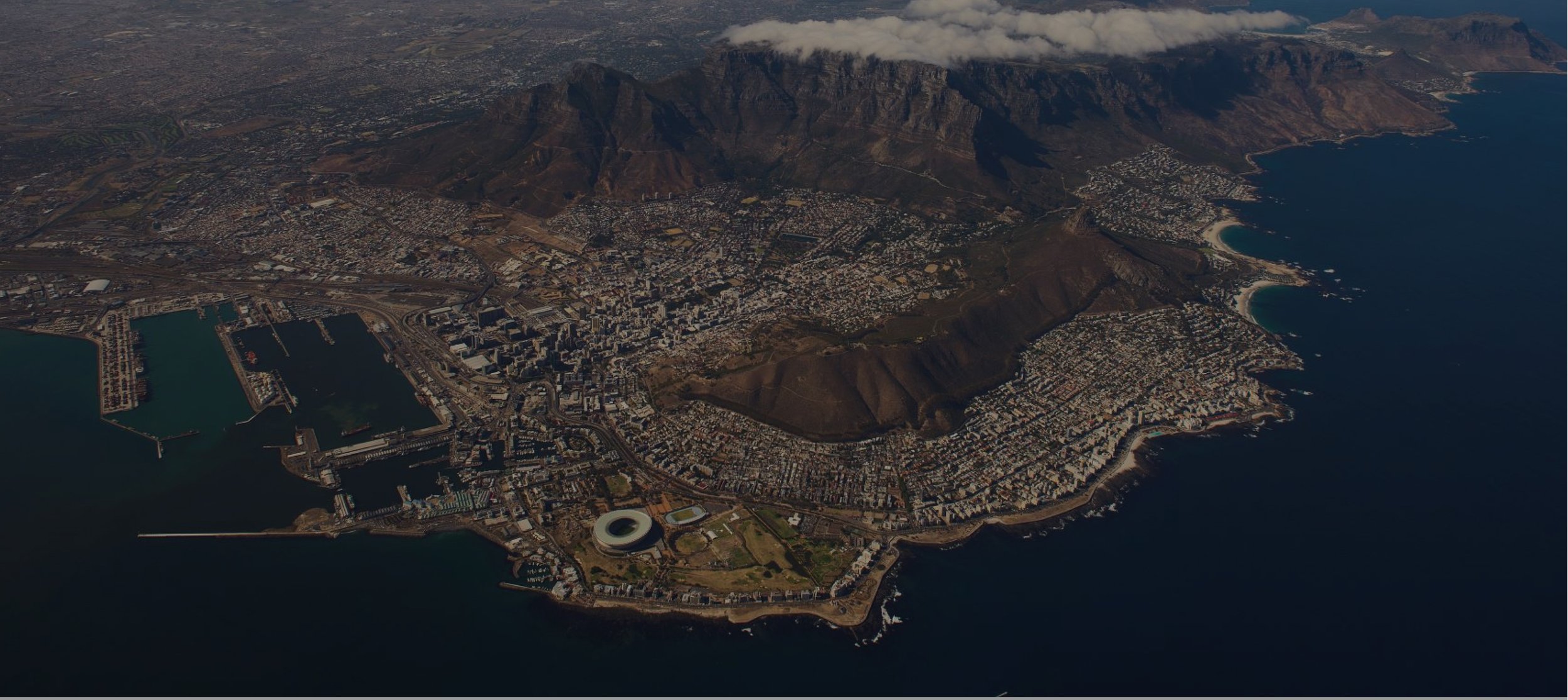
Mapping Cape Town’s Stories
The Cape Town Mapping Project is an initiative of the Cape Town Museum that is designed to map the stories of the people of Cape Town.
The different coloured pins on the map will lead you to stories that fall within the following categories:
▼ Resistance and protest
▼ Religion and reflection
▼ Activism and change
▼ Fun and leisure time
▼ Silences in the landscape
▼ Creative Cape Town
▼ Learning and education
▼ Working in Cape Town
Simply click on the coloured pin to read the story related to that particular location on the map. You can also click on the square index icon on the stop left corner of the map (next to the Cape Town Museum logo) to see all the entries.
Help us populate this map! Find out how you can participate further down on this page.
Share your Cape Town!
We invite individuals of all ages from communities across Cape Town and surrounding areas to share their memories about a place in Cape Town, or simply a personal experience or thought about a place – perhaps a story about its significance to the wider community or a change you would like to see. It could also be a story that sheds light on a moment in history that is often ‘under-told’ or forgotten. The main factor is that the contribution needs to be linked to a geographic place so that it can be shared through our map and that there is a personal experience linked to your choice of a place.
We also welcome contributions from community organisations, activists and change agents, and anybody with knowledge of social history, buildings, and the natural landscape around the city of Cape Town.
Submitting your contribution
Use the online submission form below. Fill in the form and attach your photo, text, audio, or video recording.
You can also visit our Memory Centre (on the site of the Cape Town Medical Museum in Green Point) where the staff will assist you to record and submit your contribution.
Follow our events page for opportunities in your area to participate in this project.
Format of the contributions
Short videos or audio recordings (no longer than two minutes).
Written text (no longer than 250 words), preferably with a photo related to the memory or a photo of the location.
Please note that you must own the rights to the images and videos and that all the people shown in your contribution must have given their permission for it to be used in on-site and digital exhibitions.
Once submitted, what happens next?
Your contribution will be screened by our team and then uploaded onto the map where visitors to the website will be able to locate and read/listen to or view your submission.
The museum will regularly select contributions from the growing collection and showcase them at Cape Town Museum walk-in centres.
Categories Explained
-
Creative Cape Town
Sites of iconic buildings or city structures, street art, and public sculpture, and other creative landmarks. We would love to know why a particular place is important/meaningful to you and/or why you think more people should know about it.
-
Learning and education
These are memories and reflections of schools, colleges, informal (community/individual initiatives), and formal training groups and facilities.
-
Resistance and protest
Cape Town has a long history of resistance against oppression starting with the battle at Twee Riviere in Salt River in 1510. Some of these sites are well-known, while others are known to local residents only. Let us know about sites of resistance and protest that are significant to you, indicating why it is significant to you and/or why you think more people should know about it.
-
Activism and change
Cape Town is home to many organisations that work for a socially and environmentally just society. These include organisations mobilising around gender, violence, access to health and environmental issues. Let us know where you would like to see change, why you think change is important in this location and what you hope for the future of this place.
-
Religion and reflection
Religion and spiritual beliefs play a significant role in people’s everyday lives. Here, we would love you to share your memories related to a space of worship, whether it is a formal structure, a non-formal meeting place, or a place of spiritual significance.
-
Working in Cape Town
Cape Town’s history can be told through the stories related to places of work such as factories. By mapping workplaces of the past through to the present, we can build a picture of where people have worked and how the space has changed over time.
-
Silences in the landscape
Colonialism drastically changed the cultural landscape. Urban development changed the natural landscape. Many older structures have either been replaced by more modern buildings or have been re-purposed leaving no visible evidence of many of the early residents of Cape Town. These histories have been twice erased – firstly by being overlooked and underplayed by historians in the past and secondly by becoming invisible due to urban development. Let us know which places you think have been overlooked and “hidden” by historians, why a place and its history is meaningful to you, and/or why you think more people should know about it.
-
Fun and leisure time
The way we spend our free time tells us a lot about a city and its people. Here we highlight memories related to leisure spaces such as dance halls, music venues, theatres; and spaces related to food, fun, and social gatherings, such as restaurants, picnic spots, parks, and beaches. We would also like to record memories about community sports clubs, informal sports fields, Boxing Day sports, “boeresport” and indigenous games.
Submission Form
Copyright explained:
Unless you have taken the photographs, created the image or did the video recording, someone else owns the copyright. We cannot use the photograph/image/video without their permission.
Protection of identity explained:
People must give their permission for photographs or videos featuring them to be published. It is essential in the case of minors. You can either obtain people’s permission or take the photograph or video in such a way that one cannot identify the people (or see the faces of the people) and then getting their permission will not be necessary.
